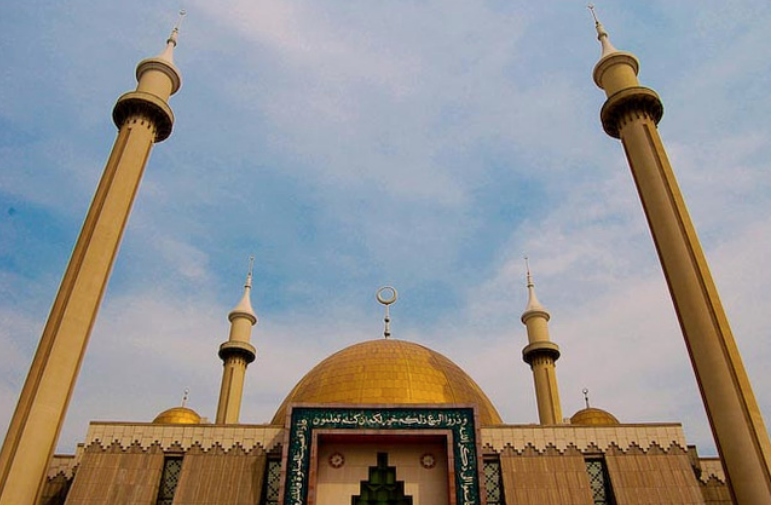A viral post showcasing African Architecture on social media will not only leave you speechless but will inspire you to start planning that next trip to Africa.
It started with a post from Twitter user @incognito___: “I noticed African Architecture isn’t really showcased compared to Asian, European, Middle Eastern, and India. So, here is a thread of African Architecture styles.”
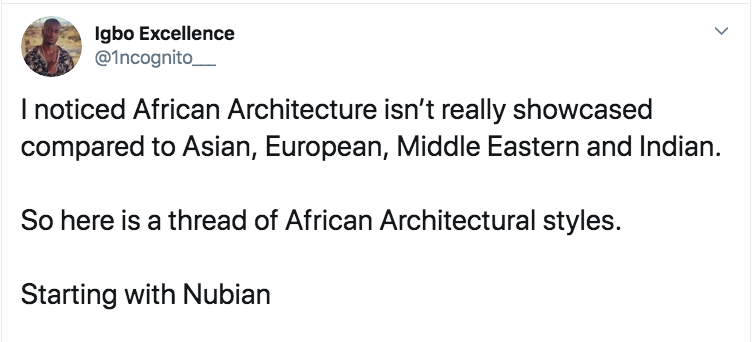
The post, which has garnered more than 140,000 retweets and thousands of comments, started a beautiful thread of Africa’s best.
Here’s a look at a few:
South African Architecture
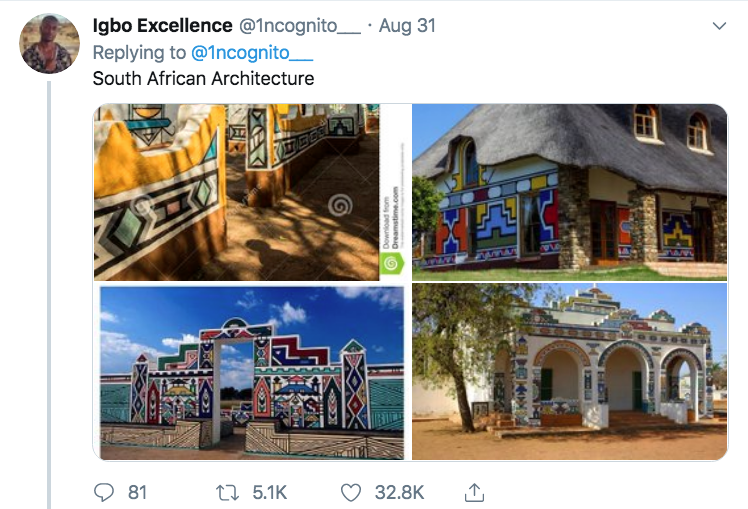
South Africa’s architecture represents a melting pot of culture and history that was guided through social and political changes, according to EB Architects.
Rooted in medieval Dutch, German, French and Indonesian style, houses built during the 17th century in South Africa had a distinct design that’s similar to Amsterdam in the same period.
Madagascar Architecture

Madagascar’s architecture resembles the construction norms and methods of Southern Borneo from which the earliest inhabitants of Madagascar are believed to have immigrated, according to hisour.com.
Traditional houses follow a rectangular rather than round form and feature a steeply sloped, peaked roof supported by a central pillar.
Sudanese Architecture
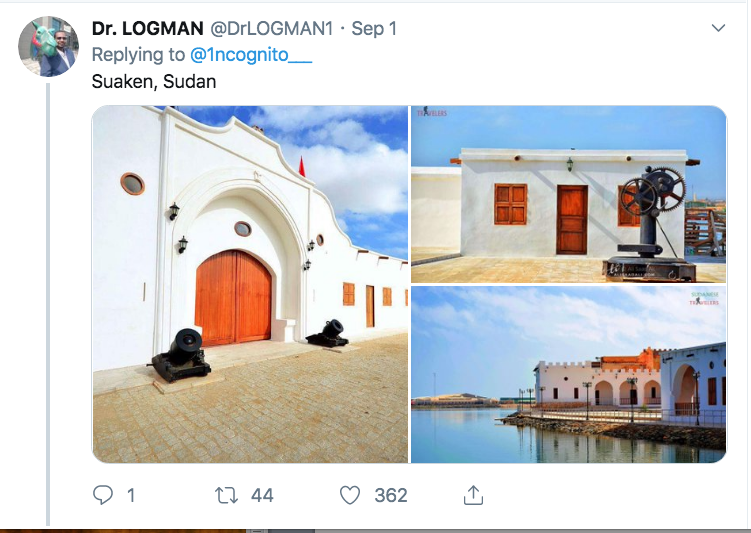
With more than 500 sub-ethnic groups that speak over 100 languages and dialects, Sudan’s architecture reflects its cultural diversity.
Architecture in Sudan reflects each groups’ own building techniques and depends on the nature of the area and culture, according to arch20.com.
Algerian Architecture
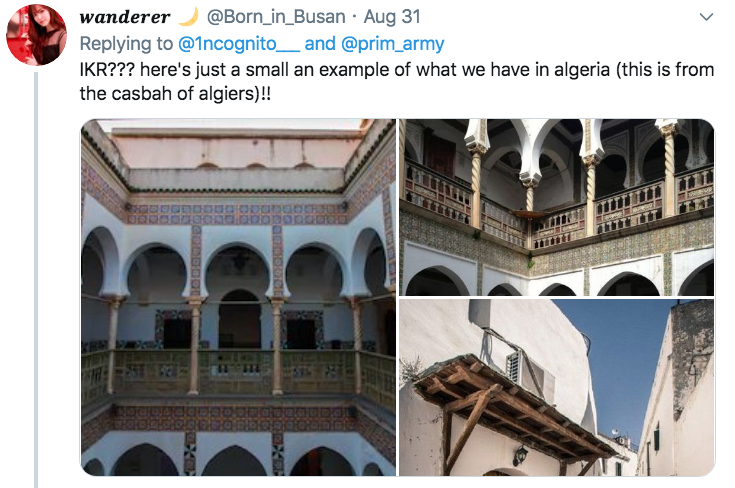
Like many countries in Africa, Algeria’s architecture is diverse. The country has seen many different cultural and architectural influences over the years. As a result, Algeria has seen Roman, Arab, Turk, and French influence in its architecture, according to Algeria.com
Nigerian Architecture
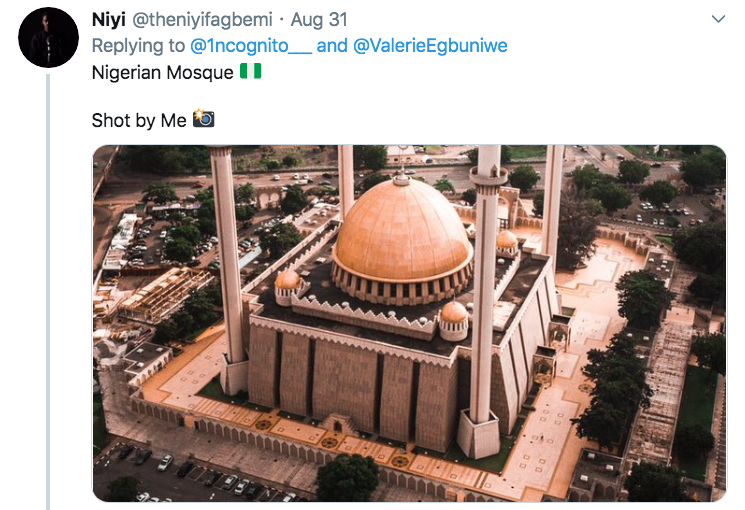
The national mosque in Abuja was built in 1984 and is ranked as one of the most beautiful religious centers in the world.
The design was made in such a way so the mosque has an imposing view that can be seen from various parts of the city center.
